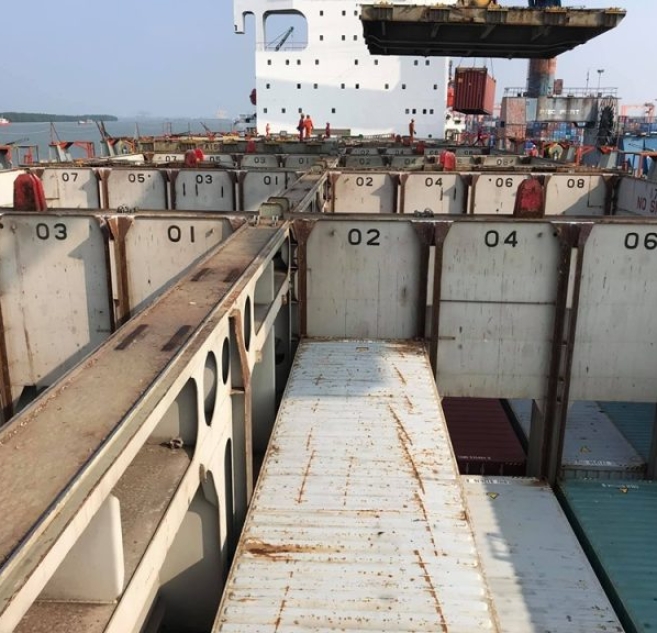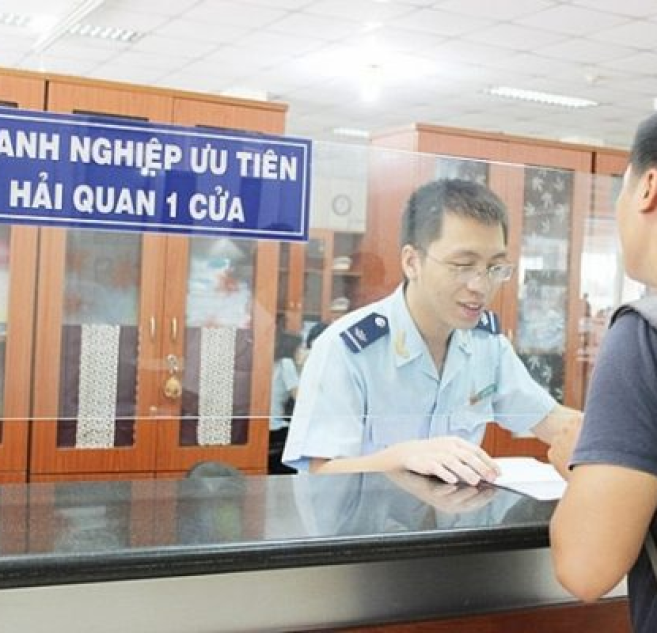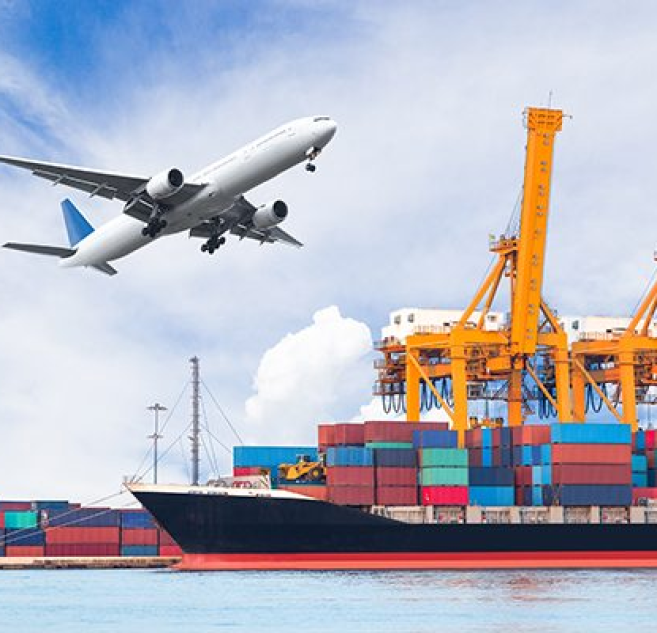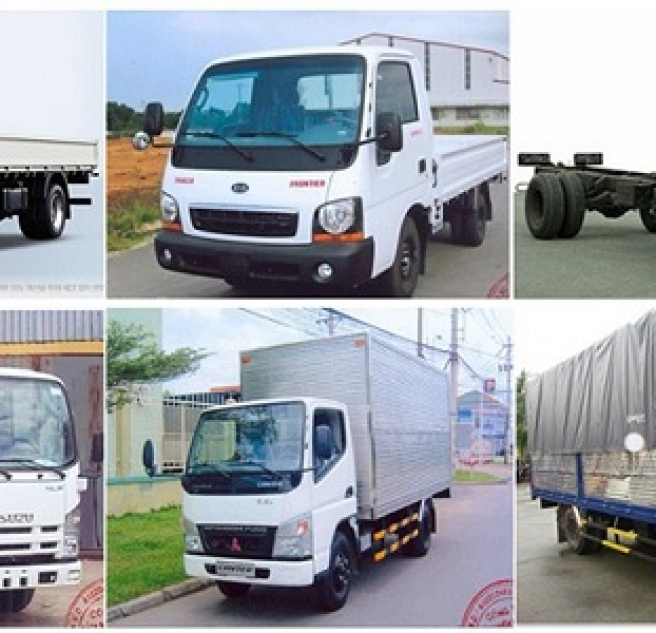1. What is Temporary Import and Re-export?
According to Article 29 of the Commercial Law No. 36/2005/QH11, temporary import and re-export of goods is defined as the act of bringing goods from abroad or from a special area within the territory of Vietnam (considered a separate customs area as per legal regulations) into Vietnam, completing the import procedures, and then exporting them out of Vietnam. The essence of temporary import and re-export is a trading activity. Therefore, business in this area is based on sales contracts signed between Vietnamese traders and foreign traders.

Note: The purchase contract does not necessarily have to be signed before the sales contract, allowing traders flexibility in seizing business opportunities. The circulation period of temporarily imported and re-exported goods in Vietnam is usually no more than 60 days from the date of completing customs procedures. If an extension is needed, traders must submit a request for extension to the Customs Department, and each shipment can be extended a maximum of 2 times, with each extension not exceeding 30 days. After this period, the goods must be destroyed or re-exported from Vietnam.
2. Forms of Temporary Import and Re-export of Goods
According to Decree 69/2018/NĐ-CP, there are several forms of temporary import and re-export as follows: a. Temporary Import and Re-export for Business Purposes
Temporarily imported and re-exported goods include conditional goods such as frozen food, goods subject to special consumption tax, and used goods. Business conditions include legal establishment and being granted a business code for temporarily imported and re-exported goods.
b. Temporary Import and Re-export for Lease, Borrowing, Maintenance, Warranty
Vietnamese traders have the right to sign contracts with foreign traders to lease or borrow goods, provided they are not subject to export and import bans.
c. Temporary Import and Re-export for Warranty, Recycling
Traders can temporarily import goods that have been exported for warranty or recycling as required by foreign traders without needing a temporary import and re-export permit.
d. Temporary Import and Re-export for Introduction, Display
Goods can be temporarily imported to participate in trade exhibitions or fairs, except for goods prohibited from export and import.
e. Temporary Import and Re-export for Humanitarian Purposes
Includes medical examination and treatment tools, sports equipment, but requires written permission from the competent authority if they belong to the list of prohibited goods.
3. Necessary Customs Documentation for Temporarily Imported and Re-exported Goods
Businesses need to prepare additional documents depending on the purpose of the temporarily imported and re-exported shipment, including:
-
Repair contracts, warranty contracts, rental contracts, etc.
-
Commercial Invoice from the shipping company. The value of the goods can be 100% if they are new and unused or for exhibition, or only 10-20% of the original value if they are used.
-
Packing List.
-
Request letter for temporary import and re-export.
-
Temporary import declaration.
-
Bill of Lading.
Important Note:
It is necessary to clearly state the serial number, model, manufacturer, and origin on the documents, which must match the goods. Photos of the goods may be required before shipping for verification with the documents. The value of the goods will not be taxed for temporary imports, except in cases of temporary imports for leasing, where the rental fee will be taxed based on the HS code of the goods as if they were normally imported. Goods will not be subject to VAT, which is an important point to note.
4. Procedure for Customs Procedures for Temporary Import and Re-export of Goods
Step 1: Prepare Necessary Documents
Businesses need to prepare all necessary documents for the temporary import and re-export process, including:
-
Application for temporary import and re-export.
-
Sales contract or temporary import and re-export contract (if any).
-
Commercial Invoice.
-
Packing List.
-
Transport documents (Bill of Lading or Airway Bill).
-
Import permit (if the goods require a permit).
-
Other documents as required by the customs authority.
Step 2: Submit Documents and Register Temporary Import
Businesses submit documents to the competent customs authority and register the temporary import for the goods, including declaring information about the goods, the purpose of temporary import, and the re-export deadline.
Step 3: Customs Inspection and Approval
The customs authority will check the documents and goods to verify their accuracy and validity. If the documents are complete and comply with regulations, customs will grant permission for the temporary import of goods.
Step 4: Temporary Import and Storage
Goods will be temporarily imported and may be stored in special warehouses under customs supervision. During this time, businesses may process, assemble, or repair the goods (if necessary) before re-exporting.
Step 5: Re-export of Goods
When it is time for re-export, businesses need to prepare re-export documents and submit them to the customs authority. The re-export documents include: Application for re-export, commercial invoice, packing list, transport documents, and other similar papers as when importing. After customs reviews and approves the documents, the goods will be re-exported from Vietnam.
Step 6: Close Temporary Import and Re-export File
Once the re-export process is completed, businesses need to notify the customs authority to close the temporary import and re-export file. The customs authority will check and confirm the completion of the re-export, and will close the business's temporary import and re-export file.
The temporary import and re-export process requires accuracy and compliance with legal regulations. Businesses need to pay attention to specific requirements from the customs authority and legal regulations to ensure a smooth process.

5. Extension of Re-export for Temporarily Imported Goods
According to Article 13, Clause 4, of Decree 69/2018/NĐ-CP, it is stipulated that:
Temporarily imported and re-exported goods can remain in Vietnam for no more than 60 days from the date of completing the temporary import customs procedures. In case of needing an extension, traders must submit a written request for extension to the Customs Department where the temporary import procedures are conducted; the extension period each time is no more than 30 days and no more than 2 extensions for each temporarily imported and re-exported shipment.
Thus, according to the above regulations, only in the case of businesses trading temporarily imported and re-exported goods is the temporary import and re-export limited to 60 days; for other temporarily imported and re-exported goods, it depends on the purpose and duration of the type of temporarily imported goods, as well as specific customs regulations.
If a business only temporarily imports machinery and equipment for leasing, borrowing, or for other purposes under a contract with a parent company abroad, the temporary import and re-export period will be according to the agreement between the parties and registered with customs when carrying out the temporary import procedures.
The law does not specify a maximum time for temporary import and re-export and does not limit the quantity/value of temporary imports, so there is no need to separate the quantity of goods for import into batches.
For businesses engaged in temporary import and re-export, it is necessary to monitor and ensure that the temporary import period is still valid. If it is nearing expiration and the goods are not ready to be returned, an extension must be requested... then you must complete the extension procedure for the temporary import declaration.
The documentation for this extension process includes:
-
Original temporary import declaration (the copy held by the importer) + a photocopy
-
Request letter for extension
-
Repair, rental, exhibition contracts, etc.
-
Terms, appendices stating the extension in the rental contract; or emails, letters informing the need for additional time for repairs, rentals, exhibitions, etc.












